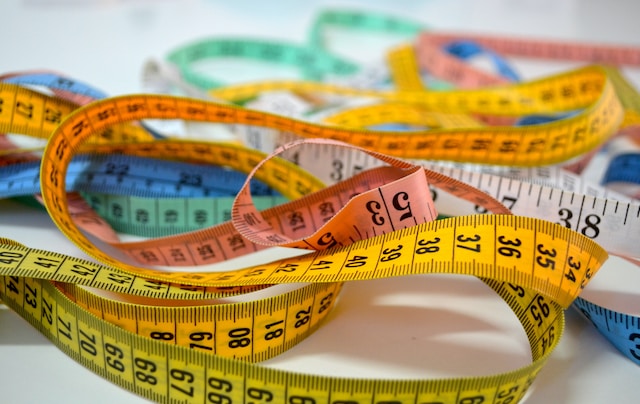Introduction:
Measuring with body parts has been a longstanding practice in human societies, spanning across cultures and generations. Beyond its practical utility, the act of using body parts as measurement references carries deep cultural significance. In this report, we delve into the cultural importance of measuring with body parts, exploring its historical roots, symbolic meanings, and enduring relevance in human societies.
Historical Roots:
The practice of measuring with body parts can be traced back to ancient civilizations. In the absence of standardized measuring tools, people relied on their own bodies to gauge lengths, heights, and distances. This practical necessity eventually evolved into a cultural tradition that became ingrained in various societies.
Symbolic Meanings:
Measuring with body parts often carries symbolic meanings that extend beyond mere practicality. Different body parts hold specific cultural associations and are imbued with symbolic significance. For instance, using the length of a foot as a measurement unit may symbolize grounding, stability, and connection to the earth. Such symbolic interpretations reflect the values and beliefs of a particular culture.
Cultural Context:
The cultural significance of measuring with body parts can vary across different societies. In some cultures, specific body parts are assigned measurement values based on their religious or mythological connotations. For example, in ancient Egyptian culture, the cubit, a unit of measurement, was based on the length of the pharaoh’s forearm, which represented divine authority and order. Understanding the cultural context is crucial for interpreting and appreciating the significance of body-based measurements.
Preservation of Traditional Knowledge:
Measuring with body parts is often passed down through generations as part of oral tradition and cultural heritage. Elders and skilled artisans play a vital role in transmitting this knowledge to younger members of the community. By preserving and continuing this practice, societies uphold their cultural identity and maintain a connection to their ancestral roots.
Community Collaboration:
Measuring with body parts also fosters a sense of community collaboration and shared experiences. In traditional construction or craftwork, for instance, people often work together, using their bodies as measurement references, to build structures or create art. This collaborative process strengthens social bonds and reinforces the collective identity of the community.
Accessibility and Inclusivity:
One significant aspect of measuring with body parts is its accessibility and inclusivity. Unlike standardized measuring tools, which may require specific equipment or training, using body parts allows for universal participation. This inclusivity ensures that everyone, regardless of socioeconomic status or educational background, can actively engage in measurement practices.
Adapting to Modern Contexts:
While the use of standardized measuring tools has become prevalent in many modern societies, the cultural significance of measuring with body parts continues to endure. In some cases, it has adapted to coexist with modern measurement systems. For example, in the culinary world, chefs often rely on their senses and body-based measurements, such as a “pinch” or a “handful,” to create culinary masterpieces.
Conclusion:
Measuring with body parts goes beyond practicality and serves as a cultural link between past and present. It reflects the ingenuity and resourcefulness of human societies throughout history. By understanding the cultural significance of measuring with body parts, we gain insight into the diverse ways in which societies have navigated their environments and expressed their values. This practice continues to be cherished and celebrated as a testament to human creativity, shared experiences, and the preservation of cultural heritage.










